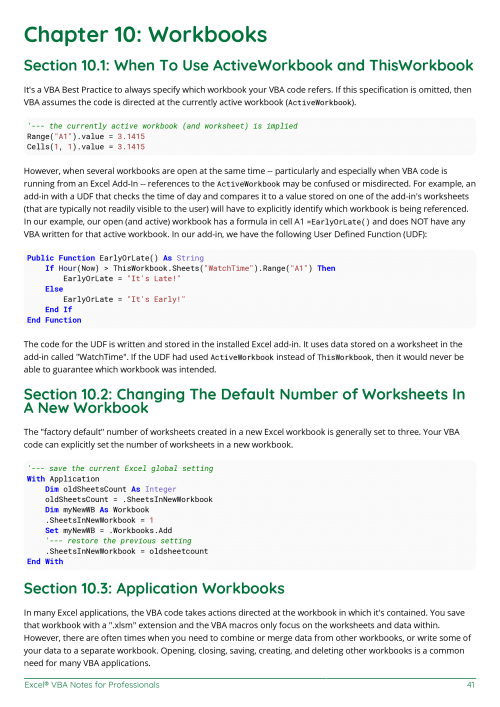

It lists the open workbooks and other projects. The Project Explorer window is shown on the left.


This VBA code library provides a list of macro codes for you to copy and paste to get started. Or it could do something greater such as export all sheets of a workbook as a separate PDF. The VBA code can be simple, and perform a basic formatting step or freeze panes. Writing this VBA or macro code yourself gives you far greater control over your macro.

You can create macros in Excel by either recording the steps you want it to perform (the VBA is written for you), or by writing the VBA yourself. The following VBA code snippet can be set as a Button event to open the VBA Project Window: Sub OpenVBE_Click()Ī code refers to the VBA (Visual Basic for Applications) code for the macro. May sound weird but it is actually a pretty neat trick. Tip 1: Open the VBE (Visual Basic Editor) with VBA THe VBE Code Window allows you to edit your VBA code – by selecting a VBA Module, Classes or Form in the VBE Project Window (see above). The VBE Project Windows allows you to manage your VBA Project objects such as VBA Modules, Classes and Forms. This will open the Visual Basic editor as shown below: The Visual Basic Editor (VBE) The VBE Project Window You should now see a new tab in your Excel ribbon called Developer as shown below: Click the Visual Basic button on the Developer ribbon Next select the Developer tab to add it to the Excel ribbon as shown below:Ĭlick Ok. Did you know… you can use the ALT+ F11 keyboard shortcut to open the Visual Basic Editor (VBE) window? Add the Developer tab to your Excel ribbon


 0 kommentar(er)
0 kommentar(er)
